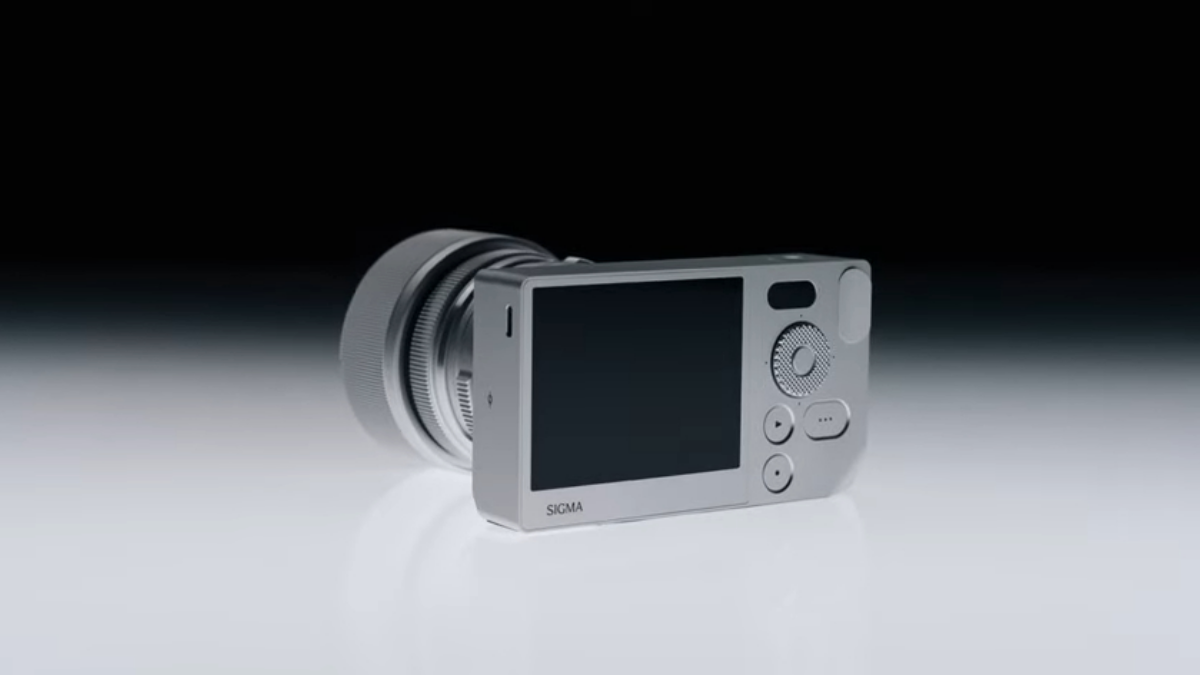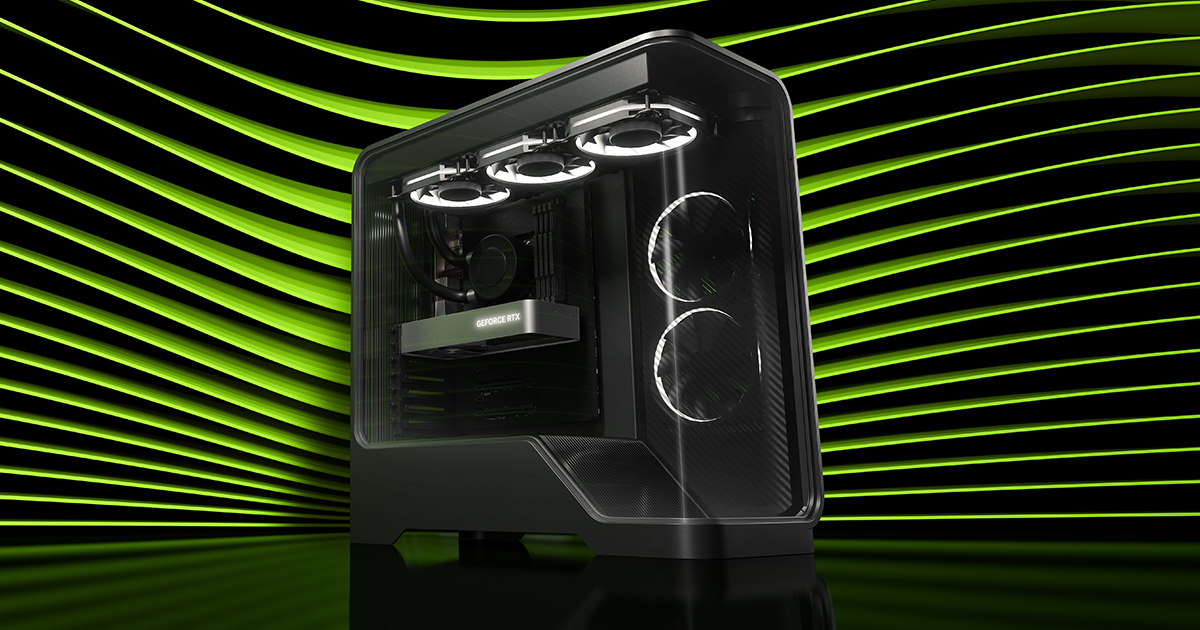True to its nature, on closer inspection Microsoft's quantum technology collapsed
2 min. read
Updated on
Read our disclosure page to find out how can you help MSPoweruser sustain the editorial team Read more

Microsoft has been betting on a quantum particle called the Majorana fermion to build a working quantum computer, and in 2018 a team from the Delft Technical University, funded by Microsoft, announced that they have proven this particle does exist in supercool semiconductor nano-wires.
Now the same team has had to admit that their interpretation of their data was flawed, dashing Microsoft’s hope of being one of the first with a working Quantum supercomputer.
The admission came after two physicists asked for the raw data from the relevant experiment.
“I don’t know for sure what was in their heads,” says Sergey Frolov, a professor at the University of Pittsburgh, “but they skipped some data that contradicts directly what was in the paper. From the fuller data, there’s no doubt that there’s no Majorana.”
There is now an ongoing investigation into the team by the Delft Technical University’s research integrity committee.
Microsoft had hoped to follow an unorthodox approach by persuing Majorana particles, which had the promise of creating more stable quantum computers, if they existed.
The likely retraction of the 2018 paper will mean Microsoft went from a promising technology to nothing at all, while Google, using more conventional technology, has already announced that they have achieved quantum supremacy in 2019.
Researchers chasing the Majorana fermion have not given up hope, however.
Sankar Das Sarma, a theoretical physicist at the University of Maryland who has collaborated with Microsoft researchers, believes the technology will eventually work, but it could take a while.
“I see no reason why a Majorana fermion cannot exist or that once it exists you cannot control it,” he says. “But it may be 30 years away.”
via Wired









User forum
0 messages